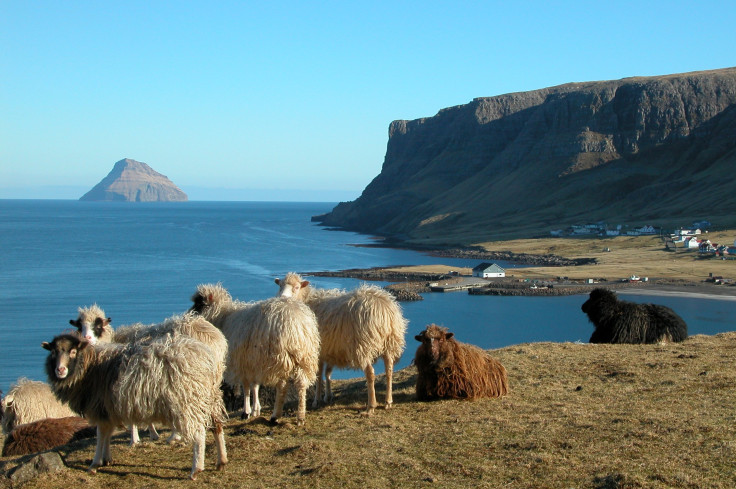Go North, Young Woman! Men Of Remote Faroe Islands 'Importing' Asian Brides To Address Falling Birth Rate Crisis

The men of the Faroe Islands – a remote archipelago between Norway and Iceland – are taking drastic measures to respond to a severe gender imbalance and falling birth rate: They are “importing” brides from as far away as the Philippines and Thailand.
According to a report in the Copenhagen Post, Faroese women of marriageable or child-bearing age have been fleeing their rocky and rugged homeland to study and work in places like Oslo or London in such numbers (most never to return) that the men face a bleak future with no women and no children. Of a total population of just below 50,000, men outnumber women by some 2,000 on the islands.
To relieve their loneliness and solitude (and to begin to close the gender gap) some Faroe men have brought about 200 Thai and Filipino women to their homes – making them the largest foreign immigrant group. “It is a question of survival,” Hermann Oskarsson, a former chief economic adviser in the Faroe Islands, told the Politiken newspaper of Denmark. “The young women that should be here to give birth to children are gone.” Oskarsson warned that the islands’ population could drop to 37,000 by 2023. "Can Faroese society survive?" he asks, adding: "There just aren't the young women to raise children."
The Post noted that in the tiny village of Klaksvík (population under 5,000) in the extreme northern edge of the Faroes, 15 Asian women have found a home. “We must recognize that there is a problem, and welcome these strangers with dignity,” a Faroese man named Bjarni Ziska Dahl told DR Nyheder, a Danish news network, “We need these people." Dahl has been married to a Filipino woman named Che for the past three years. He commented that Asian women have the right temperament for the hard, simple life of these North Atlantic islands and that they will do the kind of work and tasks that modern Faroese women shun. "She also comes from a large island community, and we look at many things the same way,” Dahl added. His spouse Che chimed in: "The close family ties are the same in the Philippines, and life is not too complicated - just like back home." Indeed, Dahl’s brother Heini and several of their male neighbors have also taken Asian wives from 9,000 miles away.
One Faroese woman who fled explained why she left the isolated islands for Denmark. “I moved because I had been abused and couldn’t talk about it at home,” she told the Post. “I loved being in Denmark because I was anonymous and did not have to say hello to everyone I met on the street… [In the Faroes] there is still an old-boy network of men that feel like they are in charge, but women are slowly getting into the game.” But she added that she misses her homeland. “Nothing moves me like the Faroese nature,” she said. “We live one day at a time and are not slaves to the calendar.”
The Faroe Islands are a self-governing entity within the realm of the kingdom of Denmark (Copenhagen still runs its military defense, police and foreign affairs). The Faroese – whose language is closer to Icelandic and Norwegian than to Danish – depend economically on fishing, which accounts for about 95 percent of exports and nearly one-half of GDP, according to the CIA/World Factbook. The discovery of oil in the region may soon provide another source of income and reduce dependence on Denmark.
© Copyright IBTimes 2024. All rights reserved.





















